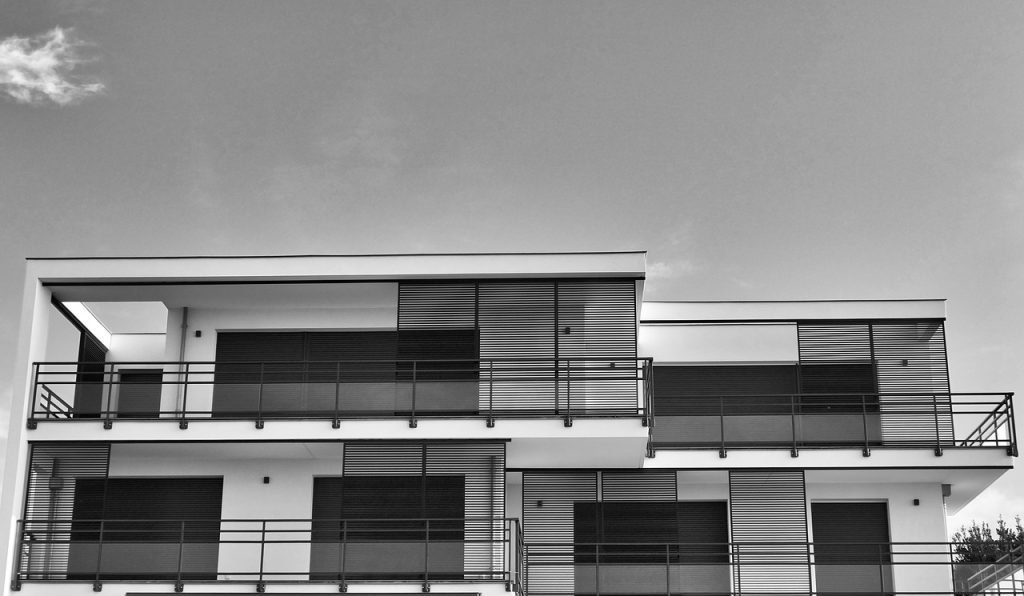TPO roofing problems can present themselves in several ways, and it’s essential to be aware of the most common ones. Whether it’s peeling or bubbling TPO membrane, or it’s a problem with uneven seams in the roofing material, you should always know what to expect before it occurs.
We’ll discuss the common TPO roofing problems that you’ll want to be aware of and how to resolve them. But first, let’s start with the basics.
What is TPO Roofing?
TPO roofs are made from Thermoplastic Polyolefin (a type of plastic). TPO is more durable than EPDM rubber and PVC membranes, which makes it an excellent roofing material. With TPO, you get a watertight product that won’t crack or break down when exposed to ultraviolet rays and extreme temperatures.
It’s also more flexible than rubber or PVC, which means it can expand and contract without breaking.
TPO roofing problems are not very common in the industry—most of them have to do with installation issues rather than product problems. However, that doesn’t mean they don’t happen at all.
Problems with TPO Roofing
Though rare, TPO roofing problems still occur and can affect the performance of the product. Here is a list of six TPO roof problems you might encounter:
1. Peeling or Bubbling TPO membrane
Peeling or bubbling of the TPO membrane mainly occurs following an inappropriate installation of the TPO roofing system.
You can easily prevent this problem by following proper installation guidelines. You should also ensure that the roof deck is clean, solid, dry, and stable for maximum adhesion to take place.
Sometimes you might still experience this problem with your TPO membrane after installing it yourself or hiring a professional contractor to install it for you at home. If that happens, you should contact an expert roofing contractor to figure out the root cause of why your TPO roof is peeling or bubbling.
2. Uneven Seams in the Roofing Material
TPO roofing systems are made of membranes that feature a scrim reinforcement and hot-air welded seams. Thus, as long as you hire an experienced contractor for your TPO installation project, the problem of uneven seams shouldn’t arise.
However, if you still experience problems with uneven seams in the membrane after hiring a professional to install it, you should contact the TPO manufacturer. They should replace it for you for free and possibly send one of their experts to install it for you.
Uneven seams in a membrane can be a sign of poor installation or flawed welding procedures during manufacturing. You can either get solutions to this problem from an expert roofer or the manufacturers.
3. Leaking at Seam Joints in the Roofing Material
Another TPO roofing problem is the constant leaking you’re likely to experience at the seam joints in your home’s roofing material. This can be due to many factors, but the most common reason is that your membrane has been installed incorrectly.
Also, your contractor could not install the seams properly, or strong winds penetrated beneath the seams and weakened them. If not corrected in time, a leaking roof seam can lead to roof failure.
You should contact a professional roofer to check and repair the leaking seam joints in your roofing material.
4. Degraded Adhesives
Strong ultraviolet rays can quickly wear out the TPO adhesives, making them weak and vulnerable to leaks.
Also, roofs with degraded adhesives are more likely to be damaged by rainwater that can penetrate cracks in your roofing material. This leads to further degradation of the adhesive seams that are already weakened by the UV rays.
The seams then become useless in protecting against water penetration into your house’s interior, which may result in costly damages.
The best course of action is to visit your local TPO roofing experts and get them to analyze and fix the problem as early as possible.
5. Longevity Issues
While manufacturers have been doing a great job making remarkable improvements to the TPOs over the years and significantly improving their quality, TPO roofing has been known for its short lifespan.
6. Warranty Problems
Most homeowners buy their TPO roofing and fail to purchase a warranty. Since TPO roofing warranties are sold separately, it’s easier for most clients to continue with the installation before buying the warranty.
A warranty helps to cover possible repairs or replacements in the future if the TPO roofing fails to perform up to your expectations. In fact, most manufacturer warranties request that the roofing contractor perform any necessary repairs for free in the first few years of installing the roof.
Besides, a TPO roofing warranty lasts between 15 and 30 years. You can have all your repairs attended to without incurring higher repair costs or bills.
Considering how fast unplanned damages can occur and how important a roof is to your home, a warranty is your ‘insurance’ against uncertainties. You should embrace it immediately after purchasing your TPO roofing.
How to Take Care of Your TPO Roof System
With proper care, your TPO roof system can serve you for the longest time possible. Some of the practical care tips to remember include:
- Maintain Regular Inspection: You should make a habit of checking the condition of your roof system regularly. Sometimes, you might discover damage or corrosion before it becomes severe and affects other parts as well. It is best to contact an expert for inspection if you think more severe problems with your TPO roofing materials could be.
- Keep the Roof Clean: A dirty roof can make it more susceptible to damage. Dirt, leaves, and other forms of debris could block your gutters and cause water problems below the roofing system. It is, therefore, vital that you regularly clean up any form of dirt or grime on top of your TPO roof materials.
- Repair Damage Promptly: Your TPO roofing material is not indestructible, so if you discover damage after a storm or strong winds, it’s essential to have the damages repaired immediately.
Hire a Leading TPO Roofing Contractor Today!
TPO roofing problems can annoy you, but they don’t have to ruin your home or business. The best way to solve TPO roofing problems is to entrust them to a professional roofing contractor.



